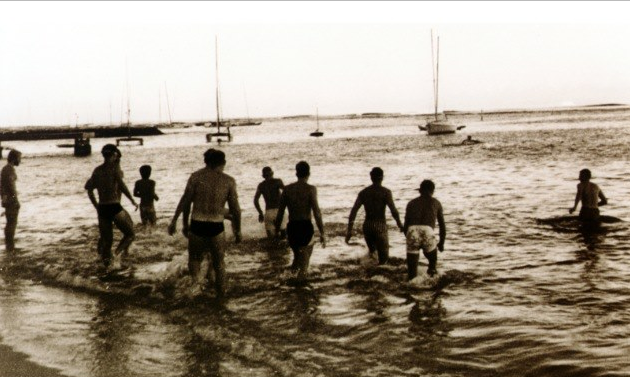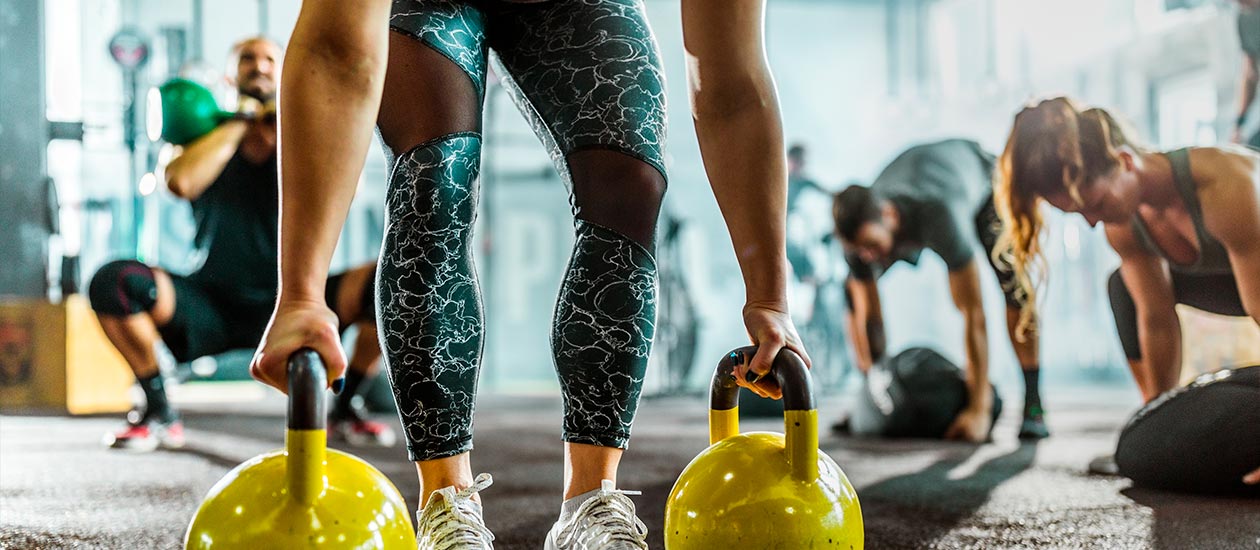Recovery from injury is a process that requires patience, adjustments and, above all, a commitment to long-term health. When a cyclist or athlete is forced to pause or modify their training due to injury, questions often arise: how do you continue to exercise without jeopardising the recovery process? Is it possible to stay active and, at the same time, facilitate healing?
In this article we will look at how those who wish to adapt their training and cycling routes while in the recovery process can do so.
Here we will explore how to adjust volume, intensity and routes so that each kilometre ridden adds to recovery, rather than subtracts. The period of competitive downtime can be an opportunity to strengthen technical and physical aspects that are normally overlooked, and make recovery not just a pause, but a reinvention of the way you train.
Importance of adapting training during recovery
One of the most common mistakes in the recovery process is returning too quickly or trying to resume the usual level of training. Not only can this cause a relapse, but it can sometimes aggravate the injury or create new discomfort. Adapting the training allows the body to assimilate the physical changes caused by the injury and prepare for a gradual return to performance level.
In this phase, the focus should be on maintaining general fitness without imposing an excessive load on the injured area. Adapting training means choosing activities and volumes that maintain cardiovascular capacity and muscular endurance. Such adaptations serve to ensure safer recovery and, in many cases, improve technique and efficiency.
Factors to consider before changing training
Before making any adjustments, it is essential to consider several factors that affect recovery. The nature of the injury is one of the key aspects: not all injuries require the same type of adaptation. A fracture, for example, requires complete rest at first, while tendonitis may benefit from controlled exercises to help strengthen the affected tissues.
Another important factor is the recovery time recommended by the health professional. Although the urge to return to full training may be intense, respecting the timing and progression is essential to avoid chronic problems. Age, previous fitness and experience also play a role in how training should be adapted. The more experienced the athlete, the more aware he/she will be of his/her own body, which will facilitate a gradual and safe adaptation.
Finally, considering nutrition and rest as part of the process is just as relevant as the training itself. These external factors allow the tissues to heal properly and help to maintain the energy level needed to cope with the healing process in an optimal way.

Types of injuries and their impact
Each type of injury requires different care and training adaptations. Muscle injuries, for example, often require rest and progressive strength work to regain stability. Strength training with elastic bands or very light weights helps to maintain activity without overloading the affected muscle.
Joint injuries, such as knee injuries, which are common in cyclists, require special attention to the angle of work and load. In these cases, reducing intensity and avoiding positions that compromise the joint are essential. A return to training sessions may include reducing the distance and using lighter gears to reduce the impact on the knee.
In the case of fractures, the recovery process is slower and often involves immobilisation. During this phase, the focus should be on maintaining cardiovascular fitness through low-impact exercise and activities that do not interfere with the affected area, if permitted by the physician.
Low-impact exercises for continued training
One of the best strategies for staying active during recovery is to choose low-impact exercises that minimise stress on the injured area. In the case of cycling, an ideal option is the exercise bike, as it allows you to adjust the resistance and maintain a controlled pace. In addition, the exercise bike can be used to work on cardiovascular training without the same load as the road bike.
Core strengthening exercises are also highly recommended, as a strong core helps to stabilise the body and reduce the risk of injury when returning to outdoor cycling. Exercises such as planks, crunches and stability exercises are excellent for working the deep muscles without compromising the affected area.
Walking and hiking are another alternative for maintaining cardiovascular endurance, as long as the routes are adapted to flat, easy terrain. Although they will not completely replace the level of exertion on a bicycle, they allow you to work the cardiorespiratory system and keep the physical base at an adequate level to then return to higher intensity workouts.
How to adapt the intensity and duration while the injury lasts?
This can be achieved by practising the ‘recovery zone,’ which refers to working in a low heart rate range, usually between 50% and 60% of maximum heart rate. This allows activity to be maintained without causing excessive fatigue or compromising the injured area.
Reducing the duration of exercise is equally important. Instead of long sessions of two to three hours, 30 to 60-minute workouts are preferable. This not only prevents exhaustion, but also allows the body to gradually assimilate the workload, which should be increased only when recovery shows clear and stable progress.

Selection of safe and appropriate routes for recovery
Route choice also plays an essential role in the recovery process. Avoiding rough roads and steep slopes reduces the risk of hard impacts and possible relapses. Flat, well-paved routes are ideal during initial recovery, as they allow full control over speed and effort without putting unnecessary stress on joints and muscles.
For urban cyclists, training in parks or on dedicated cycling paths is an excellent option, as they offer the safety needed to work on endurance without the distractions of traffic. As recovery progresses, slightly hilly routes can be added to progressively adjust the workload.
For mountain bikers, it is advisable to start with gravel routes, which are less technical and allow more control. The routes with little incline and stable surfaces help to resume training outdoors without compromising recovery.
Tips to avoid relapse
The return to intensity should be a slow and gradual process. Starting at a low intensity and increasing it each week by 10-20% helps to avoid overloading the system and prevents relapses. Including rest days in the week, at least two or three, is essential to allow the body to recover after each session.
A useful technique is cross-training, which allows different muscle groups to be worked without overloading the injured area. Alternating cycling with swimming or elliptical exercises is an excellent way to improve physical capacity without subjecting the body to a repetitive load that can cause a relapse.
Listening to the body is vital; pain or discomfort is a sign that the level of demand needs to be reduced. Consulting with a physiotherapist or trainer during the process is also an excellent strategy to ensure that recovery is going in the right direction.
Benefits of a cautious return
A gradual approach to returning to training not only reduces the risk of relapse, but also improves long-term performance. The body needs time to re-adapt to the physical demands of each sport, and doing so slowly ensures that each step in the process is safe and effective.
This gradual approach can also be used to correct technical issues that may have caused the injury. Strengthening areas such as core, improving posture and adjusting pedalling are some examples of how recovery can be a space for growth. In the long run, these adjustments not only prevent future injuries but also improve overall performance.
As a final thought, coming back from injury in perfect condition is a process that requires discipline and body awareness. Choosing low-impact exercises, adjusting intensity and duration, and opting for safe routes are key to ensuring a full and effective recovery. Patience and a gradual approach are essential to avoid relapses and ultimately return to a higher level of performance than before.
Recovery does not mean to stop moving forward; it means moving forward in a more conscious and healthy way. One way to take progressive steps in that return to competition is through cycling simulators.
BKOOL is the most complete cycling simulator on the market, try it FREE for 7 days!
 Go to BKOOL
Go to BKOOL





